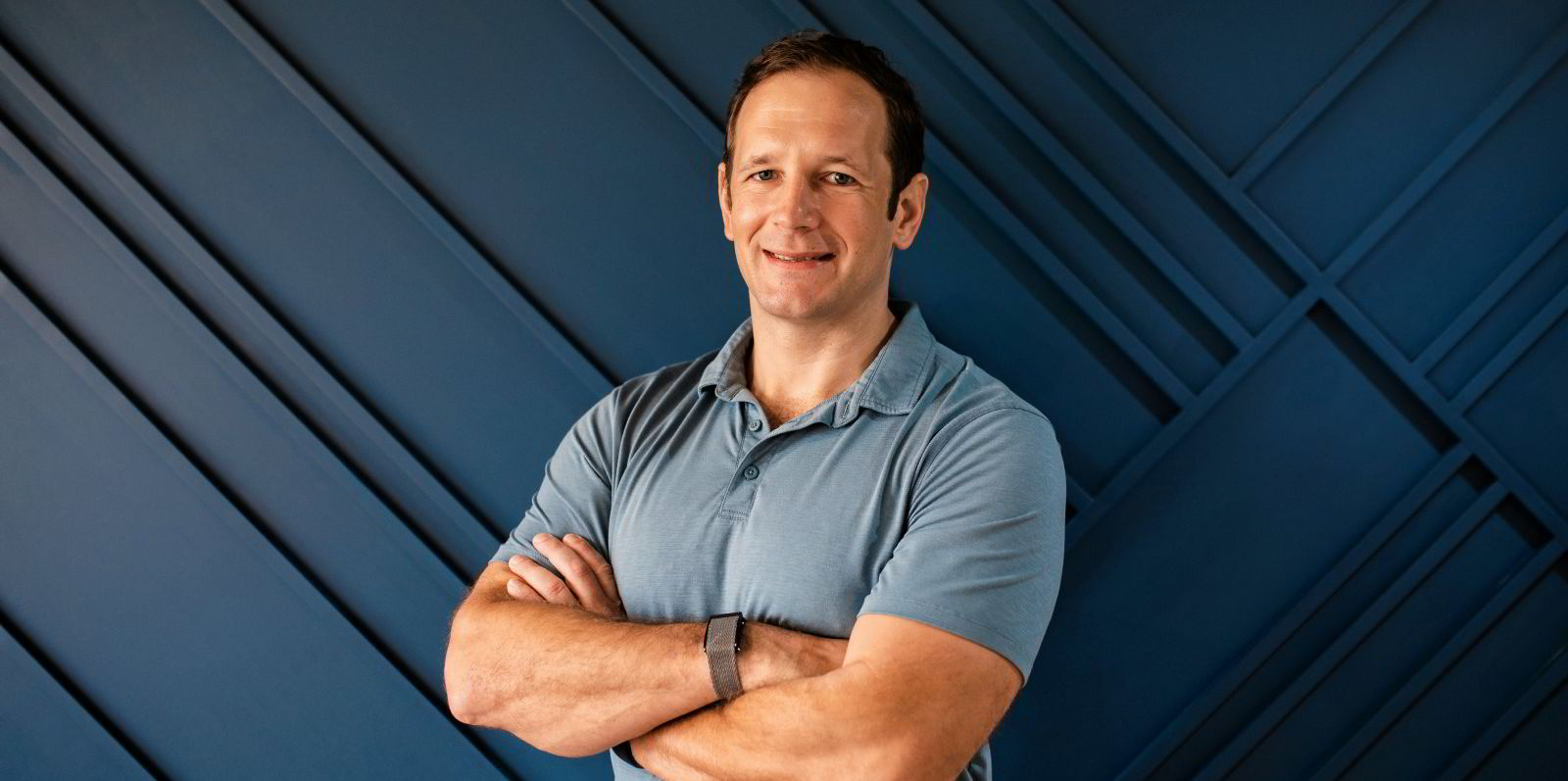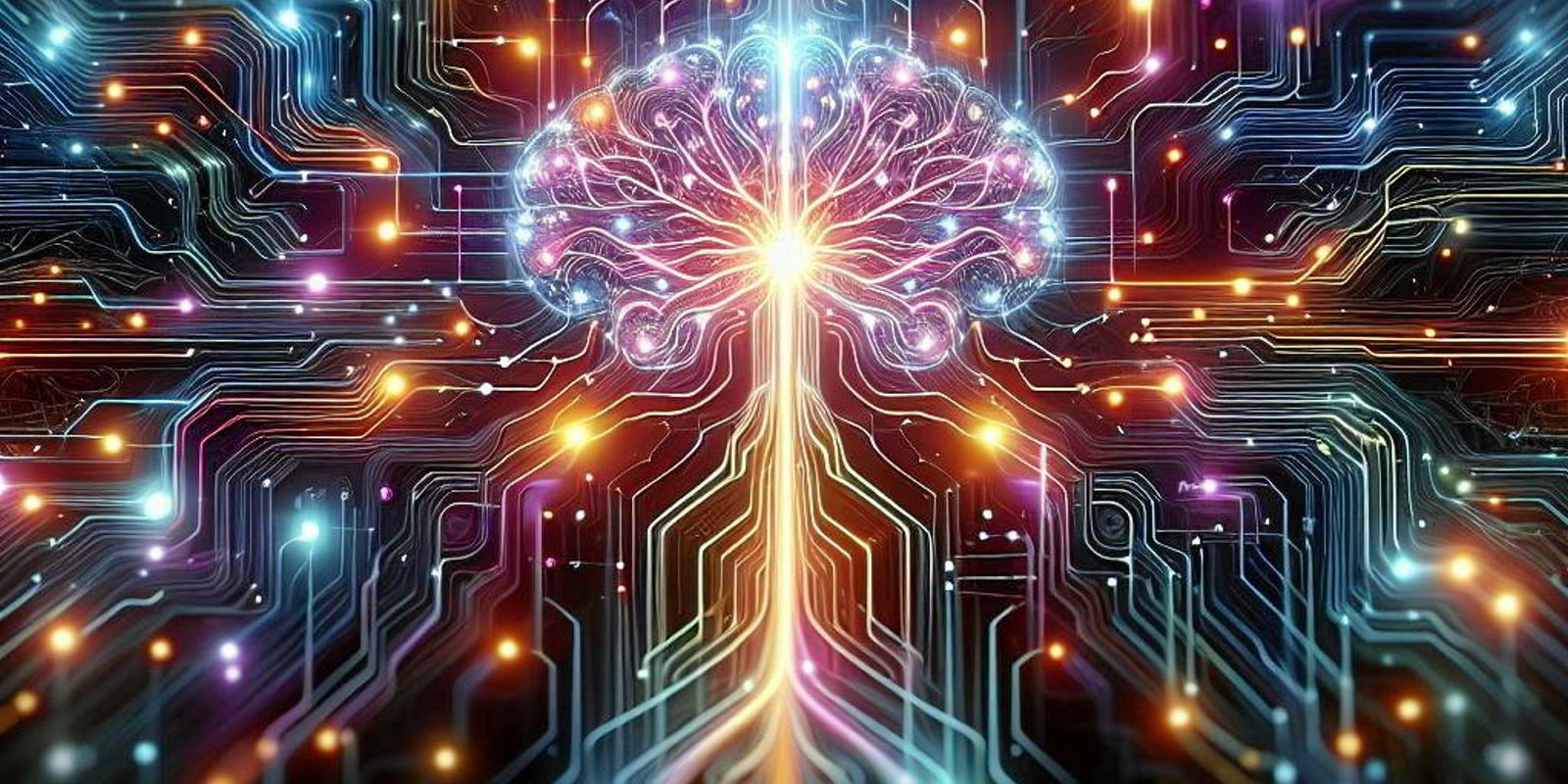Generative AI is making its mark in shipping but you may not know it yet.
It is a type of AI technology that can produce text, data, audio and images. You may be familiar with it in the form of website chatbots.
But the real buzz around it is based on its ease of use and application.
It can generate sentences that read as if written by a human, for example, which Nick Chubb, CEO of research firm Thetius, told TradeWinds would revolutionise shipping’s utilisation of digital solutions.
He questions whether some companies spending large sums of money on building their own AI solutions will be able to compete with those that tap into generative AI tools, such as ChatGPT, to develop solutions.
One such company is Greywing, a Singapore-based tech outfit that deployed ChatGPT into a crewing and port agency query tool.
Originally called SeaGPT, but now Proteus, the tool enables crewing or operations managers to communicate with multiple port agents simultaneously.
“When ChatGPT 3.5 came out … our co-founder Hrishi Olickel saw the potential of dealing with a problem we had with port agency data,” said Nick Clarke, chief executive of Greywing.
“The port agency data was always wrong because there may be sub-agents with markups and fluctuations in hotel prices.”
Olickel built a port agency AI agent outreach tool, which, having been trained with prompts, can hold an email conversation with port agents to analyse crew change costs, port state restrictions and visa requirements.
“The benefit is the ability to train an AI agent to have multiple conversations with multiple agents in a contextually appropriate way,” explained Clarke.
“I have never had a complaint from an agent that it is an automated tool.”
Proteus can also rapidly scan emails and documents that are not similar, so invoices and quotes do not need to be in an identical format, such as the commonly seen OCR (optical character recognition) format.
This ability to read and interpret meaning led to Greywing’s latest product.
ChatGPT for shipboard manual analysis
The follow-on from Proteus uses ChatGPT to read and analyse shipboard operations manuals. It is a sophisticated function that uses a process that Clarke calls Walking Retrieval Augmented Generation or walking RAG.
It started with BW LNG wanting to give crew better access to machinery and cargo operations manuals for LNG carriers.
“With the other tools we built there was precedent within generative AI, this was new,” said Clarke.
Most services will read and look for specific words, but if they do not find the word or anything associated with it, they will not give a result.
Clarke explained that walking RAG allows the generative AI to look for more structure and context to a query.
“What Hrishi [Olickel] did was build the understanding of human sentence structure, to interpret it and then to walk from one data point to another,” he explained, adding that it needs to be able to do this with industry language context, in other words knowing what phrases and words mean.
So it will take a question, read every data point related to that outcome, and then also navigate to the next data point.
The result was digital manuals that can be quickly yet comprehensively read to give the relevant information being sought by a crew member.






